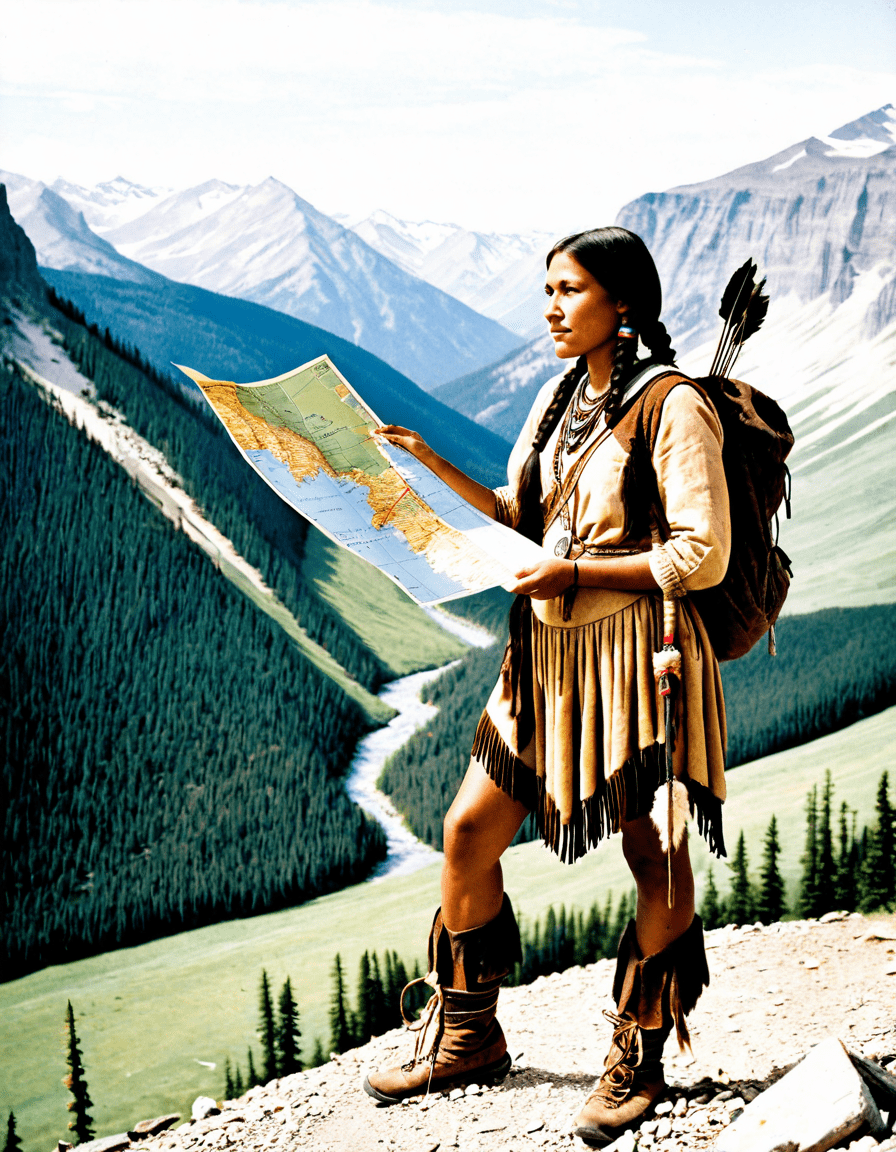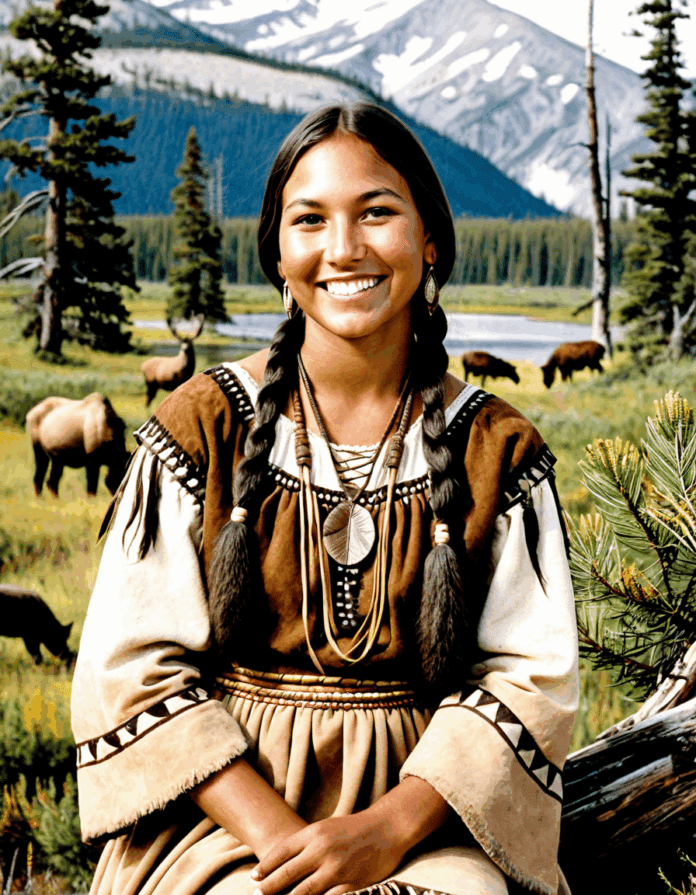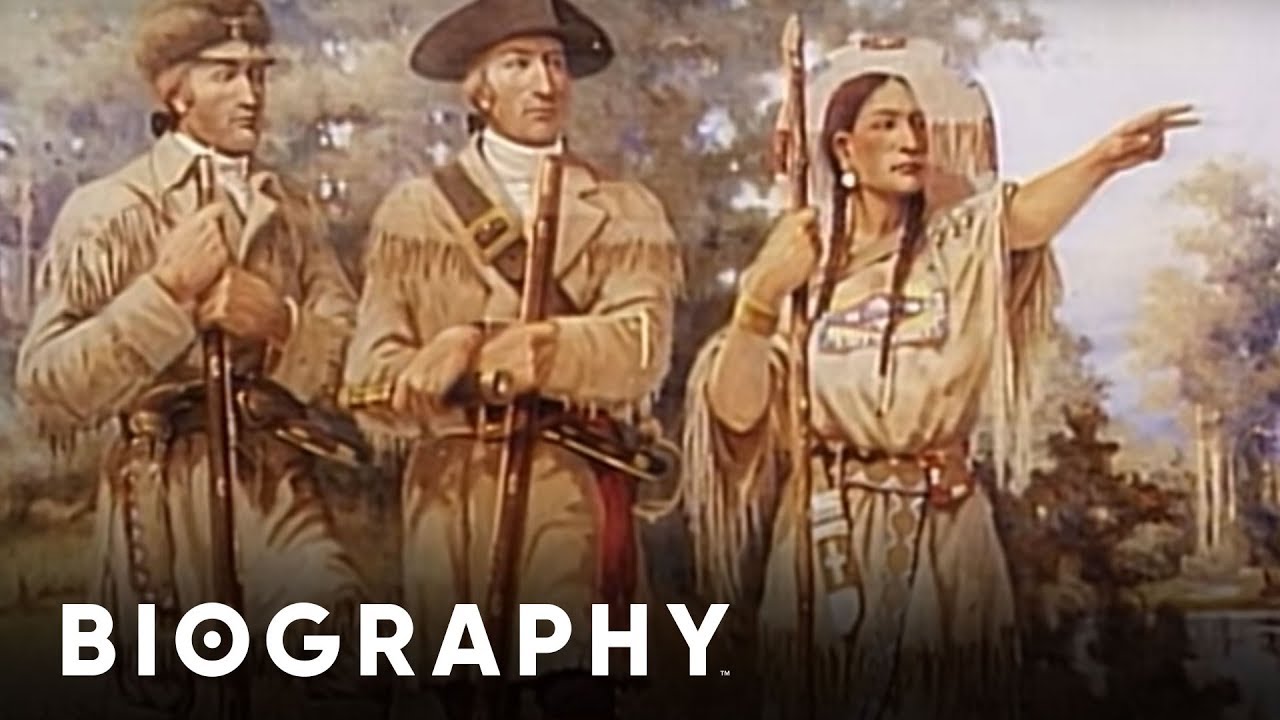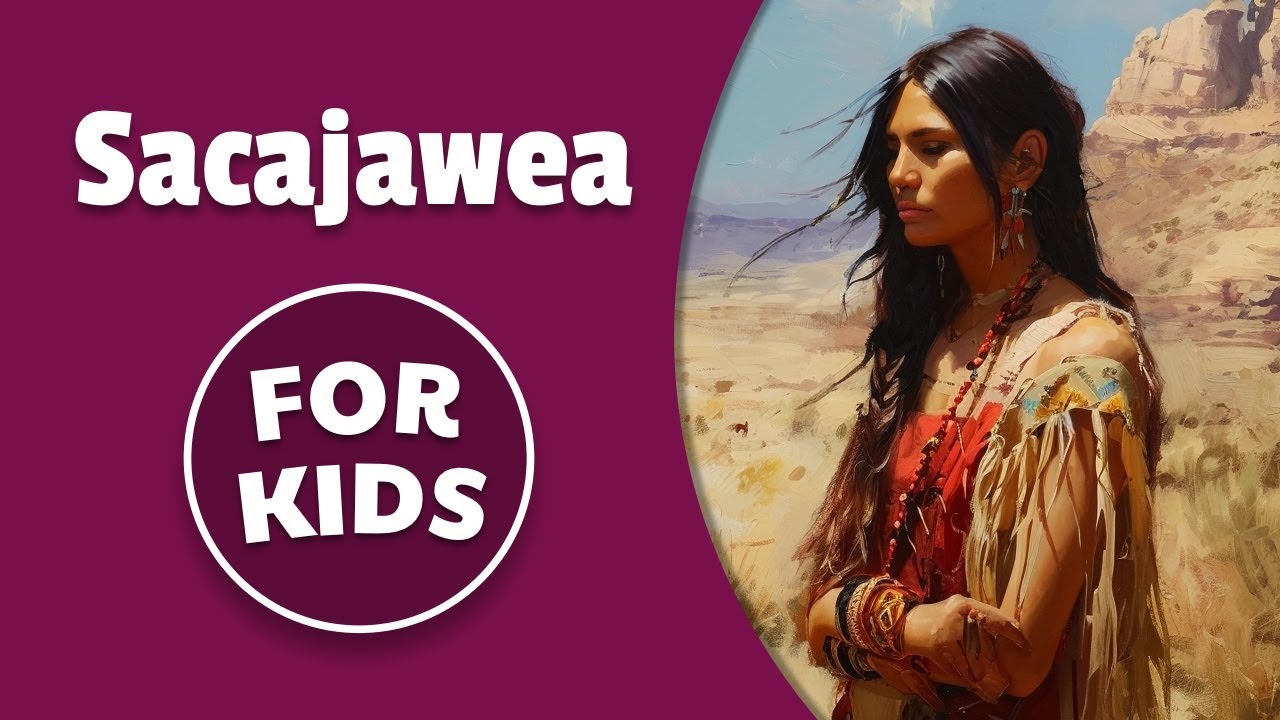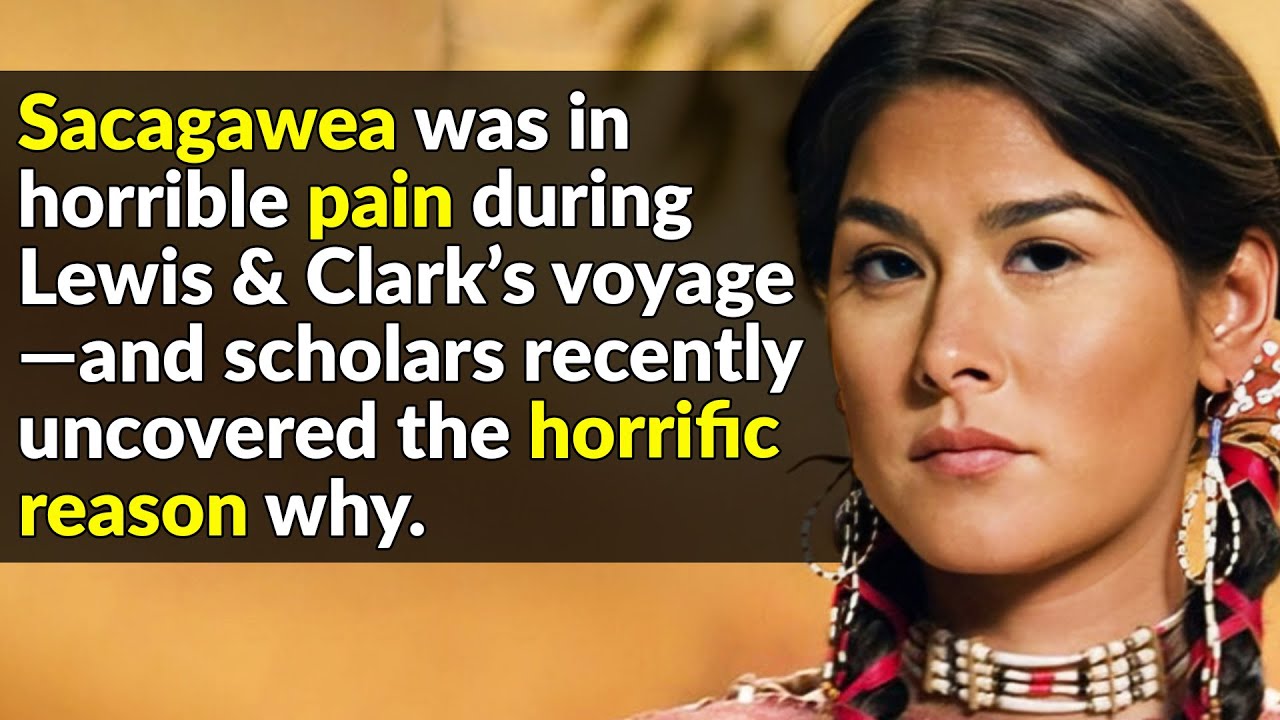The story of Sacagawea is one that weaves through the fabric of American history, often overshadowed by the more prominent figures of the Lewis and Clark Expedition. Yet, Sacagawea’s contributions were monumental, her heritage rich, and her spirit indomitable. This article takes a closer look at Sacagawea’s life—her early years, her invaluable role in the expedition, and her enduring legacy as a cultural icon and feminist figure that resonates today.
1. Sacagawea’s Early Life: A Foundation of Strength
Cultural Background
Born around 1788 to the Shoshone tribe in present-day Idaho, Sacagawea’s upbringing was steeped in resilience. Raised in a culture that engaged deeply with nature, she learned vital survival skills that would later prove crucial on her journey. Her knowledge of edible plants, animal tracking, and weather patterns was not just useful but essential for survival in the rugged terrain the Lewis and Clark expedition would face. This indigenous wisdom highlights the significance of her contributions, both as a guide and an educator, as she shared insights about her homeland with the explorers.
Captivity and Rescue
Sacagawea’s life took a challenging turn when she was captured by the Hidatsa tribe at around 12 years old. Eventually, she was sold to a French-Canadian fur trader named Toussaint Charbonneau. While this was a tumultuous time in her life, it also set the stage for her involvement in the historic expedition. Her experiences taught her resilience and resourcefulness, skills that would be invaluable in her guiding role. It was during this period that she bore a son, Jean Baptiste, who would accompany her on the expedition, illustrating her dual role as both a leader and a mother.
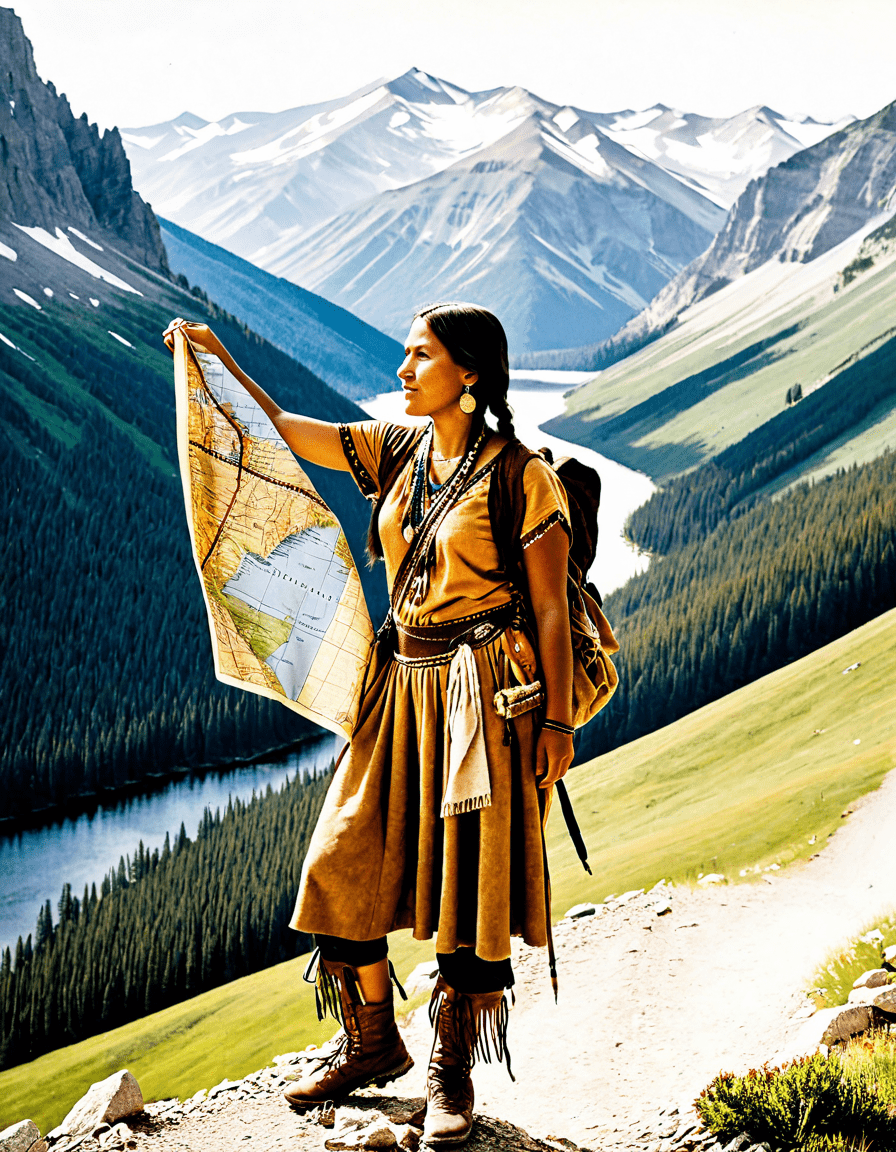
2. The Role of Sacagawea in the Lewis and Clark Journey
Introduction to the Expedition
Sacagawea joined the Lewis and Clark Expedition, known officially as the Corps of Discovery, in 1804. She accompanied her husband, Charbonneau, who was hired as a translator for the team. Despite being a woman in a male-dominated mission, her involvement was crucial for the expedition’s success. Not only did she serve as a translator for local tribes, but her very presence helped secure a peaceful atmosphere during interactions, which was critical for the expedition’s safety on the uncharted frontiers.
Navigational Skills
Throughout the journey, Sacagawea’s connection to the land shone through. Her ability to interpret the natural world, from mountainous terrains to river routes, significantly aided Lewis and Clark. In one instance, when they faced challenging weather conditions, her knowledge of seasonal patterns and local geography led the team to favorable routes, ultimately saving precious time and resources. Sacagawea’s skills and adaptability proved vital in what often felt like an uphill battle against nature and uncertainty.
3. Top 5 Contributions of Sacagawea to the Expedition

4. Sacagawea’s Legacy: From Historical Figure to Cultural Icon
Historical Recognition
In recent generations, Sacagawea has garnered increasing recognition in American history. Schools, monuments, and museums bear her name, illustrating her impact on the nation’s narrative. Even as society evolves, her role as a female pioneer continues to be celebrated, promoting an understanding of the complex interplay between indigenous history and American identity.
Representation in Popular Culture
Sacagawea’s story has permeated various facets of popular culture, including literature and film. Documentaries like Sacagawea: The Woman Who Helped Lewis and Clark shine a light on her invaluable contributions, while children’s books introduce her legacy to younger audiences. This representation evolves with societal values, increasingly emphasizing themes of inclusion and diversity, showcasing her as a figure of resilience in a broader narrative.
5. Modern Insights: The Impact of Sacagawea’s Story on Women Today
Feminist Perspectives
Current academic discourse around Sacagawea highlights her role in shaping modern feminist movements. Scholars often analyze her story to advocate for indigenous rights and gender equality. Her legacy reminds us that women have always played essential roles in history—roles that deserve greater recognition and respect.
Educational Opportunities
Today, various initiatives aim to educate younger generations about Sacagawea’s contributions. Programs in schools focus on teaching indigenous history, challenging students to rethink historical narratives that have long overlooked the contributions of women and people of color. These efforts are vital for cultivating a more inclusive understanding of American history.
Reflections on Sacagawea’s Journey: A Lasting Influence
In an ever-changing interpretation of history, Sacagawea stands as a beacon of tenacity and resilience. Beyond her critical contributions to the Lewis and Clark Expedition, her story echoes through ongoing discussions about women’s participation in exploration and cultural narratives. As society continues to reflect on the influence of such figures, recognizing the multifaceted dimensions of their lives unveils unique insights that challenge, educate, and inspire. Sacagawea isn’t just a historical figure; she serves as a guide for understanding perseverance and cross-cultural collaboration today.
In today’s world, as we navigate complex conversations around identity and empowerment, Sacagawea’s legacy prompts us to consider the past’s intricacies. Learning from her journey reminds us of the importance of representation, respect, and a commitment to acknowledging the diverse voices that shape our shared history.
As we honor her contributions, we embrace a narrative that encourages inclusivity and understanding, ensuring that the voices of women and indigenous peoples remain integral to our cultural tapestry.
Sacagawea: The Heroic Guide of Lewis and Clark’s Journey
The Life and Legacy of Sacagawea
Sacagawea, the famed Shoshone woman, played a vital role in the expedition of Lewis and Clark, guiding them through uncharted territories. Born around 1788 in what is now Idaho, her journey started far from the treks of the American West. Did you know that Sacagawea was just a teenager when she joined Lewis and Clark’s Corps of Discovery? She was around 16 years old and already a mother, which underscores her bravery and determination. Just like discovering the striking contrasts in sports like Colombia Vs Mexico, her presence brought balance and insight to the team.
One of the most fascinating tidbits is her ability to communicate with several tribes, which was essential for the success of the expedition. She acted as a mediator, helping the explorers establish peaceful relations. Sacagawea’s skills remind us of how teamwork is pivotal, similar to how a show like How to Get Away with a Murderer thrives on its diverse ensemble cast working together to solve complex narratives. Her contributions have been celebrated, solidifying her place in American history.
The Journey through Challenges
Throughout their trek, Sacagawea faced numerous challenges, from treacherous terrains to harsh weather conditions. Her resourcefulness shone through, often finding edible plants and helping the crew avoid potential dangers. Imagine her navigating the wilderness as one would with an Aspiradora — every ounce of her skills was essential in cleaning up the mess of logistical hurdles faced by Clark and Lewis! Despite the dire situations, she kept her calm, reiterating how crucial leaders must possess resilience, a sentiment mirrored in the relentless energy of stars like Misha Collins.
Of course, there were lighter moments, too. Though she struggled, Sacagawea’s calm demeanor and bravery often kept the group motivated. Her influence remains in pop culture, much like how entertainers like Jake Lacy continue to capture our fascination with their roles today. Isn’t it fascinating how figures from completely different backgrounds continue to inspire generations?
Sacagawea: A Symbol of Empowerment
Time has turned Sacagawea into a powerful symbol of female strength and empowerment, much like how contemporary discussions around jumbo box Braids celebrate cultural identity. She embodied the spirit of adventure and resilience, showing that women could achieve great things even in the most restrictive times. The significance of her role cannot be overstated — she became the very bridge between cultures, like traversing the scenic paths of Golden Gate park that connect different communities.
In the end, Sacagawea’s legacy goes beyond her contributions to the expedition. She represents courage, adaptability, and the spirit of exploration. Her journey is akin to the ups and downs in the music industry, such as the emotional depth found in the Dolly Parton, Miley Cyrus song. All these factors highlight why Sacagawea deserves to be remembered not just as a guide but as an icon of American history, proving that even the toughest trails can lead to extraordinary stories.
